In our recent survey of Christian camp directors, Sacred Playgrounds asked a pretty blunt question: “How confident are you that your outdoor ministry center will be operating two years from now?”
It was a question born out of sadness, with a touch of despair. COVID-19 decimated our outdoor ministries. Many were finally finding solid footing after a long, slow recovery following the Great Recession. Guest enrollment was on a steady upward trend, and many organizations were expanding staff or upgrading facilities. Fundraising was up. Over a quarter of outdoor ministries were in the midst of a capital campaign when the pandemic hit in March.
Then the bottom dropped out.
The first casualties were spring retreats and school groups, followed by widespread summer camp cancelations. Among the more than 700 outdoor ministry sites affiliated with Outdoor Ministries Connection (OMC), fewer than a quarter were able to operate their normal summer camp operations. Those that opened at all had drastically reduced capacity and stringent new health protocols.
The toll was devastating. Just considering OMC-affiliated camps, more than 330,000 overnight campers, 30,000 day campers, and 13,000 summer staff missed out on summer camp in 2020. Adding CCCA member camps would more than double these numbers.
The impacts of these lost experiences on young people and the church will reverberate for more than a generation. How many missed a life-altering encounter with God? Who missed the Spiritual spark needed to persevere in a talent or life skill? How many were derailed from a vocational journey toward professional ministry?
And that was just summer camp. Retreats were almost non-existent in the past year. About 90% of OMC retreat centers had their lowest number of guests in at least the past five years. This was another devastating blow to ministry and overall revenue.
All told, OMC-affiliated outdoor ministries had a combined total of over $260 million in lost revenue. Half of all year-round outdoor ministry staff members were furloughed, laid off, or had their salaries reduced. Thousands of seasonal jobs were eliminated.
In spite of these devastating losses felt across the industry, directors were shockingly optimistic. In response to our question about whether or not they would be operating two years from now, 80% said they were “very” or “extremely confident.” Another 17% indicated they were “somewhat confident,” leaving only 3% that were not so confident of their ministry’s survival. Even more encouraging, directors expressed excitement about new programs they developed during the pandemic.
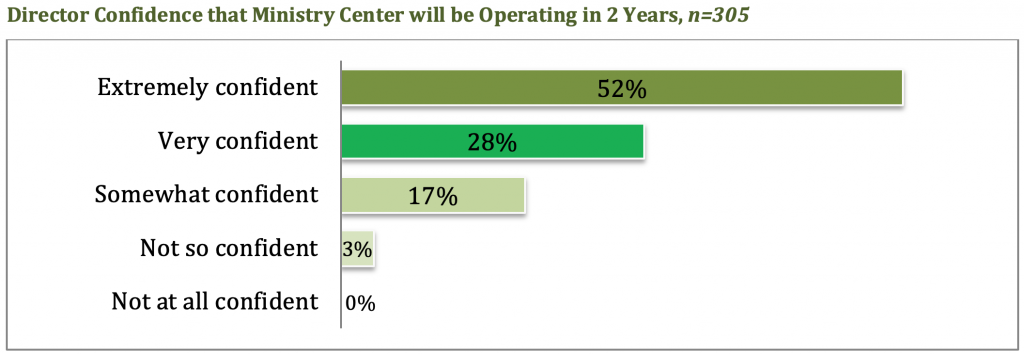
New Life
There is a huge difference between surviving and thriving. We prefer vibrant, dynamic ministries to those barely clinging to life. The great thing is that our belief structure is grounded in a deep understanding of new life springing from the old. Our God brings life out of death: a shoot from the stump of Jesse (Isaiah 11:1), dry bones taking on flesh (Ezekiel 37), a seed falling to the earth and dying (John 12:24), new life from the tomb (John 11:25), and baptism into death so that we might live with Christ (Romans 6:4). There is reason to hope that the death and despair of COVID will spring into new life. In the midst of a global pandemic that saw historic cuts to camp and retreat ministries, the tone of camp directors was one of enduring hope.
Our reason is that they have not been idle. Almost 90% secured government assistance through PPP loans or Canadian equivalents, and three-quarters engaged in special fundraising campaigns. In fact, revenue from fundraising and donations was generally up across the outdoor ministry network. Over half of ministry centers reported that donations were up more than 10% from the previous year.
One of the big challenges of working in outdoor ministries is that there is always something going on. In a normal year, it takes most of staff members’ creative time and energy just to run the existing programs and sustain the ministry. The pandemic has forced camp staff to slow down and cancel existing programs. This has allowed them the precious resource of time and a need to innovate! There were no excuses about being too busy running existing programs. Camp staff unleashed their creativity on new programs and initiatives. Directors expressed excitement about at least three innovations that will be lasting: virtual engagement, expanded family ministries, and decentralized programming.
Virtual camp will never replace in-person camp, but the influence of virtual programming will continue long after the pandemic. Camps will use these platforms to connect with campers and retreat participants both before and after the in-person experience. Those who are unable to come to camp for medical or financial reasons will have a way to connect with the camp community through these virtual platforms. Staff training will commence before the summer, donor engagement will expand, and board meetings will shift to hybrid models.
Expanded family ministries: When COVID precluded traditional summer camp at many sites, camps were still able to offer their facilities to families. It is clear that family camp programs will expand in the post-COVID world, and camps will work to engage families for weekend outings and retreats. They will also use their virtual platforms to resource families in order to supplement the on-site camp experience with ongoing ministry in the home.
Decentralized programming: The pandemic forced camps to reconsider their existing programs. Many made positive changes to camper registration and health protocols that will outlast the pandemic. They were also forced to consider the consequences of large-group activities, which not only prove a health risk during a pandemic but also affect the individual camper experience. Many camps have recommitted themselves to small group ministry, indicating that they will work to limit large group programs and particularly work to maximize time spent outdoors. A decisive shift towards decentralized camping ministry could benefit countless summer campers in the coming years, as they experience more relational connection and participatory time outdoors. Fewer campers will be gathered in large dining halls, in favor of outdoor dining and participatory cooking in small groups.
In a post-COVID world, it may be a new day for outdoor ministries. I am in awe of the perseverance and hope of our directors. They have convinced me that this time of tragedy and hardship can lead to new life and innovative new ministries. The Spirit is at work in and among our outdoor ministry sites, and I am hopeful for the future.
Outdoor Ministries Connection (OMC) is a collaboration between Lutheran Outdoor Ministries, United Methodist Camp and Retreat Ministries, Presbyterian Church Camp and Conference Association, Episcopal Camps and Conference Centers, Outdoor Ministry Association of the United Church of Christ, and United Church of Canada Outdoor Ministries.


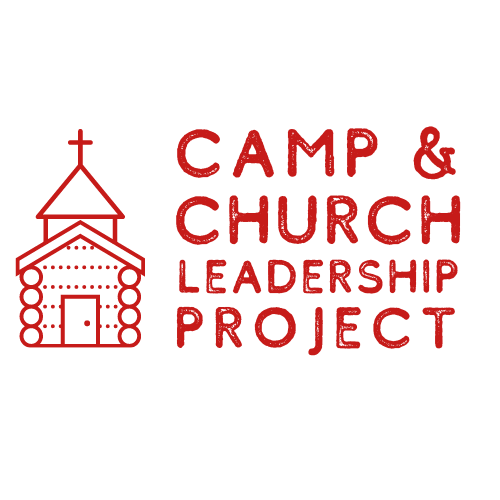
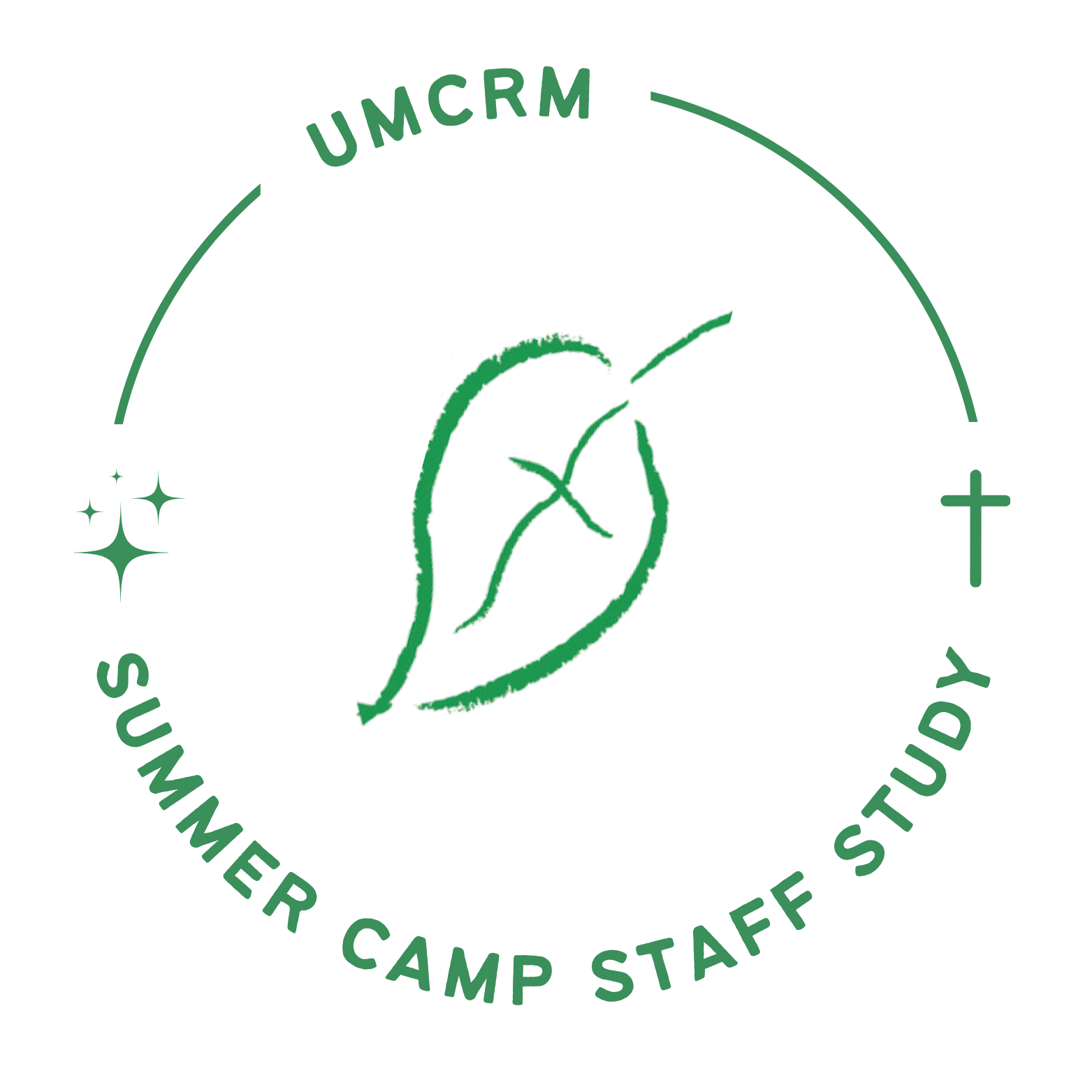

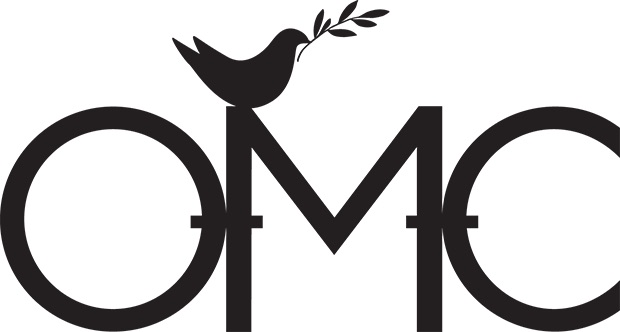
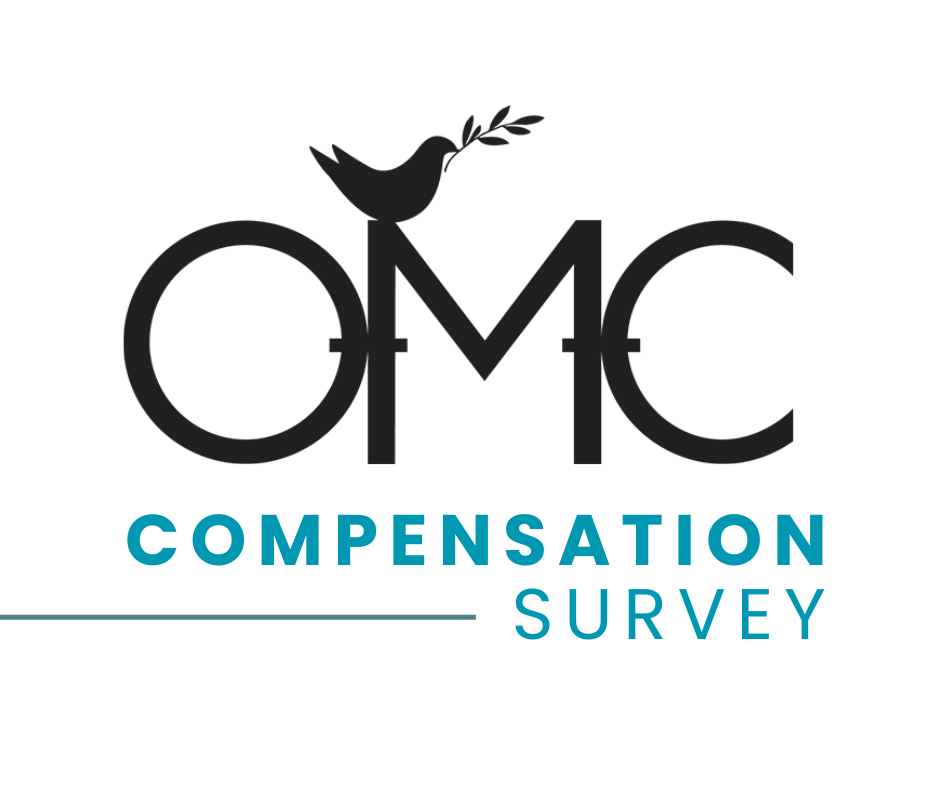


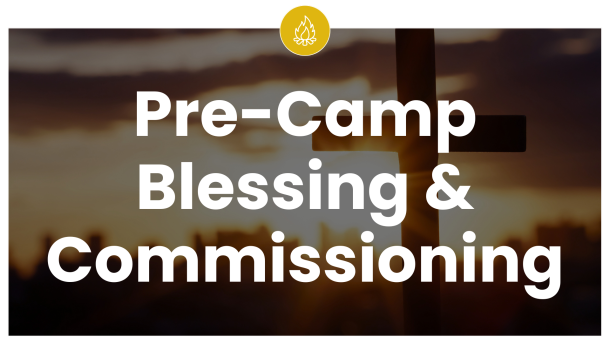
Good article Jake. I’ve been wondering how things have been developing and what innovations have taken place. I’d be curious what types of camps are most optimistic. What are the factors? Location? Residential vs. Adventure? Director leadership style? Board structure? Is there a common formula that leads to optimism and success?
This is such uplifting information! Having come from a position in outdoor ministry that was affected by COVID I am delighted to see such a positive outlook. I am so grateful to still have a connection to camp and look forward to attending again this summer. Thank you for sharing!
Important question to consider, Paul. There are a few identifiable factors associated with camp directors being more confident that their ministry will be alive 2 years from now. Region of the country seems to matter, but this could easily be related to other intervening variables. Directors in the US Midwest, South, and West are more likely to be confident in their ministry’s survival than those in the Northeast or East and West Canada. However, this could be related to camp size, since camps in the latter three regions are typically smaller operations than those in the former three. Just looking at camp size in terms of annual budget, we see that fewer than two-thirds of small camps (budget $200k or less) are very or extremely confident they will be around in 2 years, compared with about 80% of mid-sized camps ($200k-$1 million) and 90% of larger camps (budget of more than $1 million). Capacity and diversification of programs clearly matter when faced with challenging times.